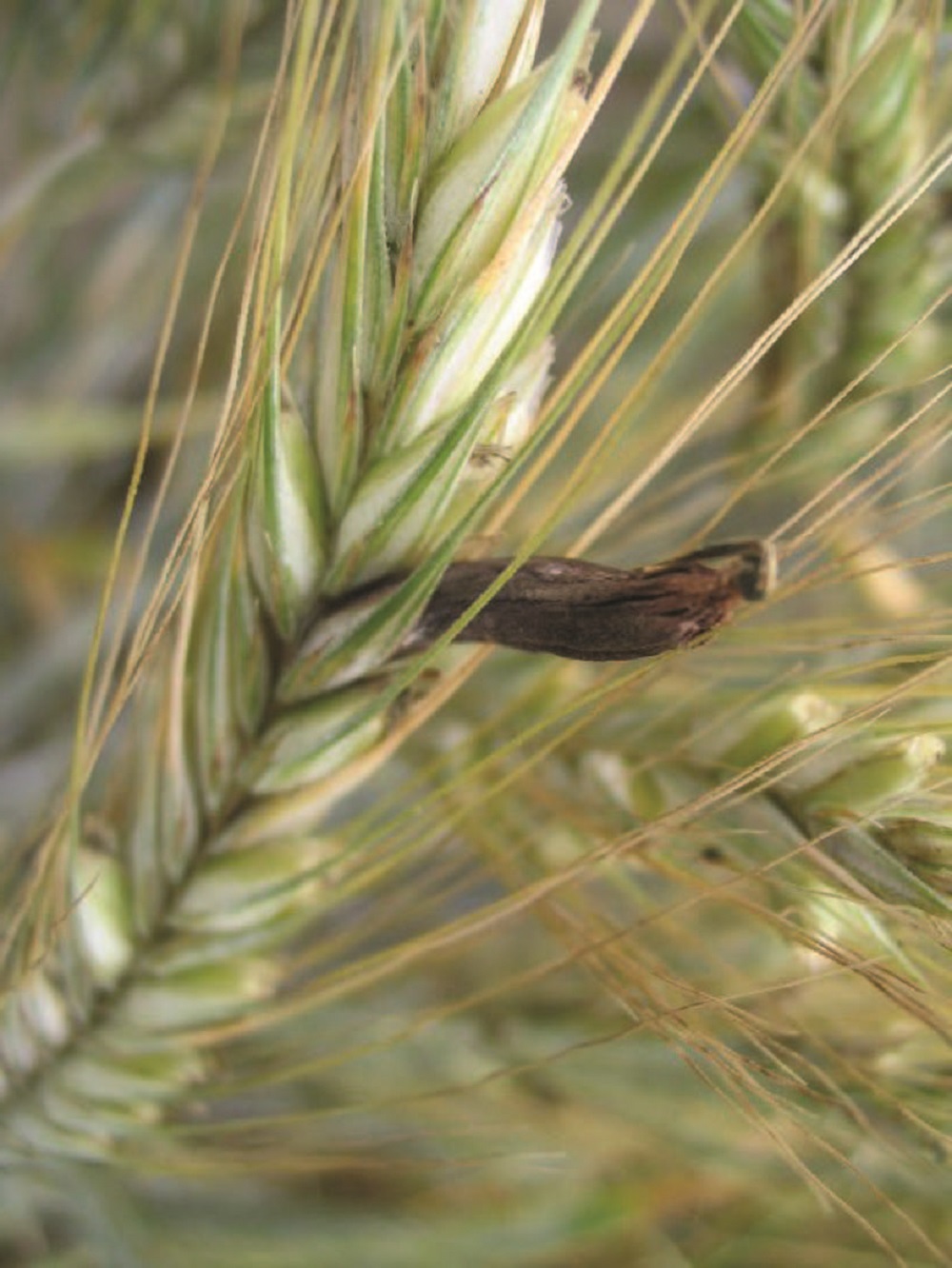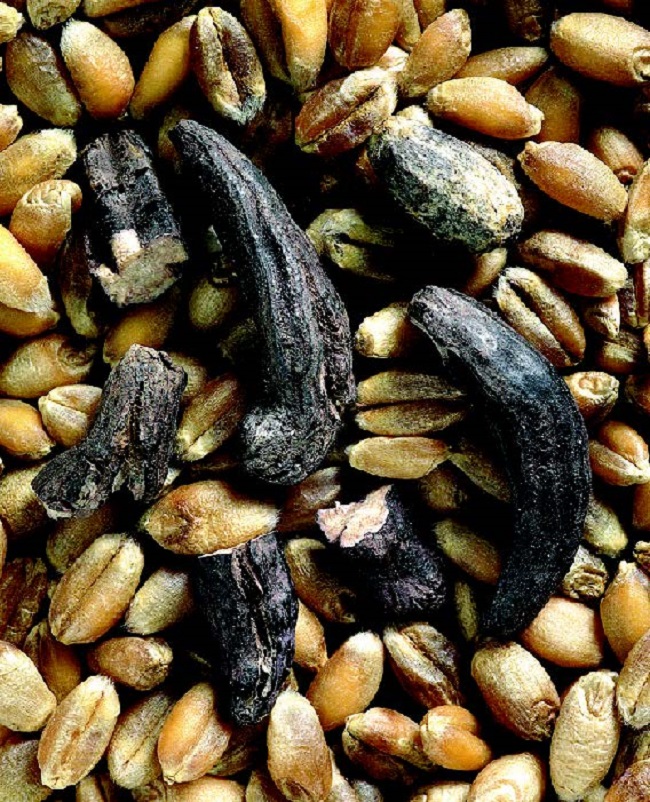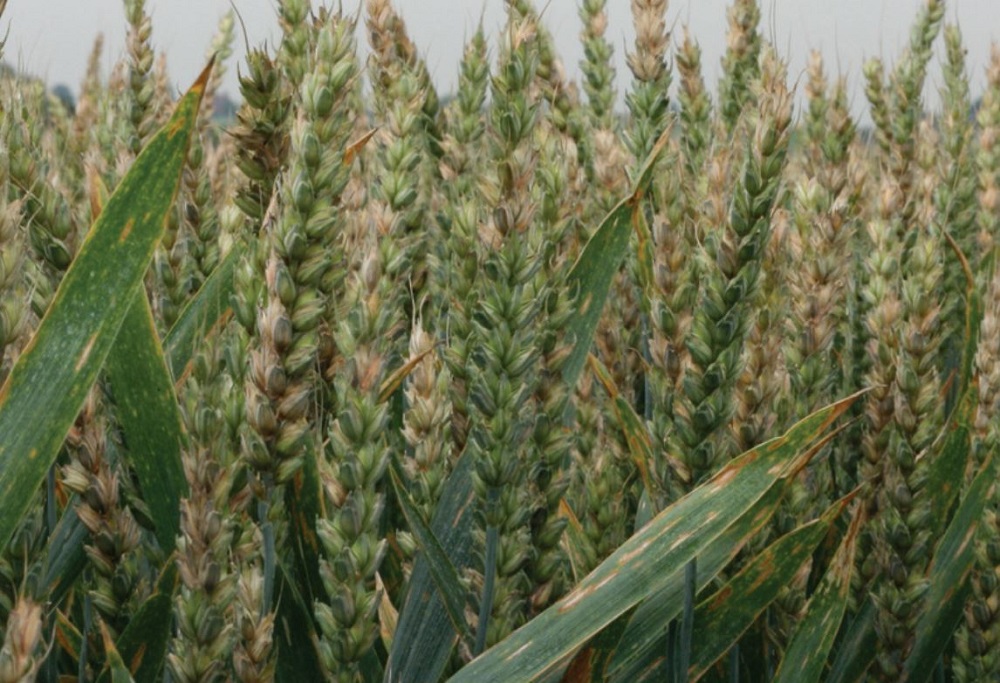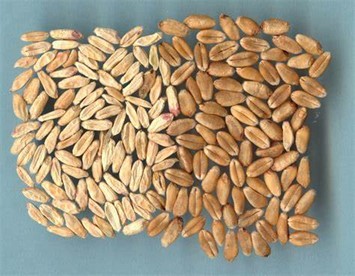- Home
- High risk of fusarium and ergot after wet 2024
High risk of fusarium and ergot after wet 2024
After some very wet weather in 2024, there is a heightened risk of ergot and fusarium infection in some crops, which poses a risk to livestock. Find out what is affected, what to look out for and what action you can take.
Ergot
What is it and what are the effects?
Ergot fungi develop in the ears of cereals and produce ergot alkaloids, a deadly hallucinogenic toxin.
The risk of ergot infection is especially high in wet seasons, so be on the lookout for this pathogen when combining or buying grain for livestock feed.
Grain bought from merchants is usually checked at intake, so the risk is low. However, always investigate loads bought privately, because infected grain can make cattle seriously ill by constricting blood vessels and damaging the nervous system, resulting in seizures, loss of muscle strength, poor co-ordination and, in severe cases, death.
Lameness is often the first sign in animals, followed by an increase in temperature and respiratory rate. Affected animals may have reduced performance, weight loss and rough coats, while skin in extremities such as the tips of tails, ears or near hooves may turn necrotic.
What to do if you suspect ergot in your livestock
Contact your vet for advice. Feed sample analysis can be used to confirm diagnosis.
Usual treatment is through the removal of affected feed, enabling easy access to food and water, and a comfortable environment during recovery. Your vet may prescribe antibiotics or pain relief.
How to identify ergot in crops
One of the most alien-looking of all cereal pathogens, ergot infection occurs early in the plant’s life. Right from the seed, the fungus grows with the plant with symptoms only becoming evident at grain formation around July.
You’ll see the grain replaced with a long, hard, black mass often slightly larger than the grains themselves. It is these ‘sclerotia’ that are primed to release spores on germination, ready to drop to the soil and start the life cycle again. In the heap, sclerotia can be easily mistaken for rodent faeces.
Managing ergot infection
In the field, there is no easy solution to remove ergot other than to use an appropriate seed treatment at drilling – much too late for harvest this year.
However, if you see it in the heap, there are steps you can take to reduce the risk of exposure to toxins.
Ergot sclerotia can be cleaned out to some extent using sieves in a grain cleaner, with the caveat that any grain-sized pieces, powder, or fragments broken off during the cleaning process will slip through.
The most effective way to remove ergot sclerotia is by using a colour sorter. These can be sourced through many mobile seed treatment firms and can reduce the alkaloid levels in grain.
Even as our best line of defence against ergot, there is still a chance that ergot toxins will remain in your grain, so as always, keep a close eye on your livestock for any unusual symptoms.

Ergot in barley

Ergot sclerotia in wheat
Fusarium
What is it and what are the effects?
Fusarium species release mycotoxins that are dangerous to both humans and livestock if ingested.
In cattle, fusarium poisoning can reduce feed intake by reducing appetite, hamper immune system health, and cause gastrointestinal irritation.
How to identify fusarium in crops
The risk of fusarium infection can be especially high if we experience extensive rainfall over the cereal flowering period, which is around late May and early June. This was certainly the case this year and we want you to be on the lookout for symptoms of fusarium infection.
Fusarium species can infect all the major cereal crops grown in the UK, (wheat, oats, and barley), as well as maize. Maize grown in a continuous rotation, and wheat after maize is particularly high risk.
For cereal crops out in the field, you should look for ‘white heads’, which are ears that appear to have gone white while the rest of the plants appear greener.
In awned varieties, you’ll often see the awns twisted and distorted, the grain sites themselves turning brown and dark purple.
Once harvested, contaminated grains will appear shrivelled with pink tips and or black patches and are impractical to remove.
Wheat crops that didn’t receive a fusarium active fungicide such as Prothioconazole or Pydiflumetafen at or before flowering should be closely investigated ahead of harvest this year.

Fusarium head blight symptoms in wheat
 Dept of Agriculture, Canada
Dept of Agriculture, Canada
Fusarium head blight in wheat

